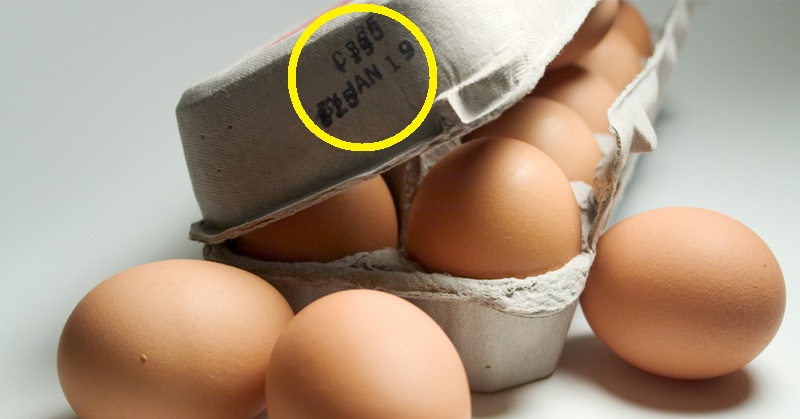Picture this. You had a really long day. Throughout that long day, you’ve been thinking about one thing and one thing only: the bag of raisin-cinnamon bagels in your fridge. As you pull into the driveway that evening, you begin to salivate. You just can’t wait to pop one of those bagels open, slap some organic strawberry jam on both sides and sink your teeth in.
Moments later, as you open the fridge and grab the bagels, something catches your eye. The ‘best before’ date. It says those round slices of heaven went bad two days ago. But did they really?
You might be surprised to learn that the answer is an astounding no. According to the National Resource Defense Council, the ‘use by’ and ‘best by’ dates on a product indicate peak freshness, not spoilage.
These dates differ, often drastically, from the ‘expiry date,’ which is the point that food begins to deteriorate. However, even after the expiry date, food does not immediately pose a health risk. That’s because food dating was never about public safety; it’s about providing reference for manufacturers and distributors.
This common misconception contributes to the wrongful disposal of 40% of all food in America.
When Does Food Actually Go Bad?
As reported by AOL, the rule of thumb is to pay attention to when you bought or opened the food. Of course, the exact spoilage date will vary for different foods. Your method of storage is also a major factor.
Let’s take a look at a few commonly-purchased foods.
Raw Chicken
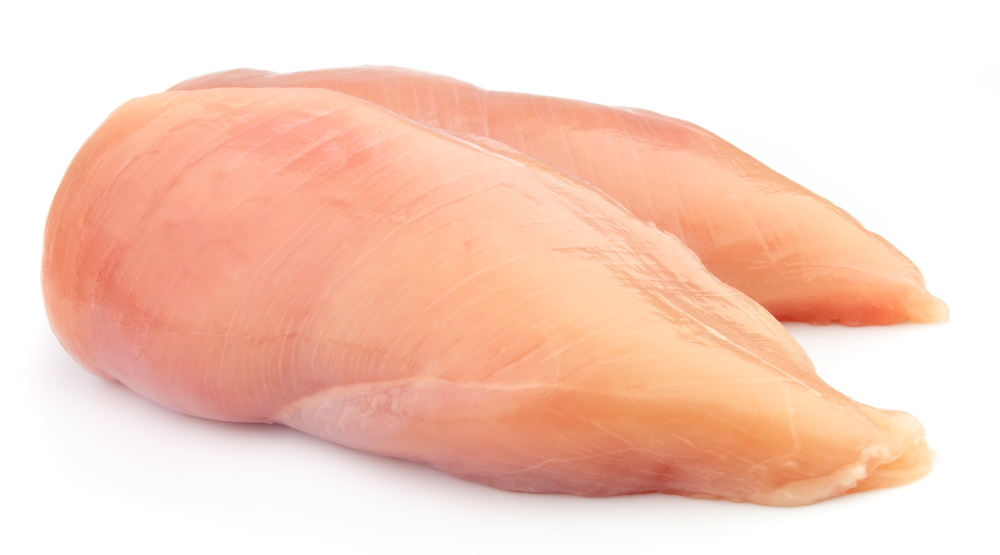
You can store chicken in the refrigerator for up to two days. To keep it longer, place the raw chicken in your freezer. There, it will last for up to nine months.
Eggs
In your refrigerator, eggs will last between three and five weeks. Freeze the eggs and they’ll last up to a year. If you buy organic, unwashed eggs, they can stay on your counter for up to 21 days. The chemical washing process removes an egg’s natural protective layer, which is why some countries – including many in Europe – have banned it.
Peanut Butter
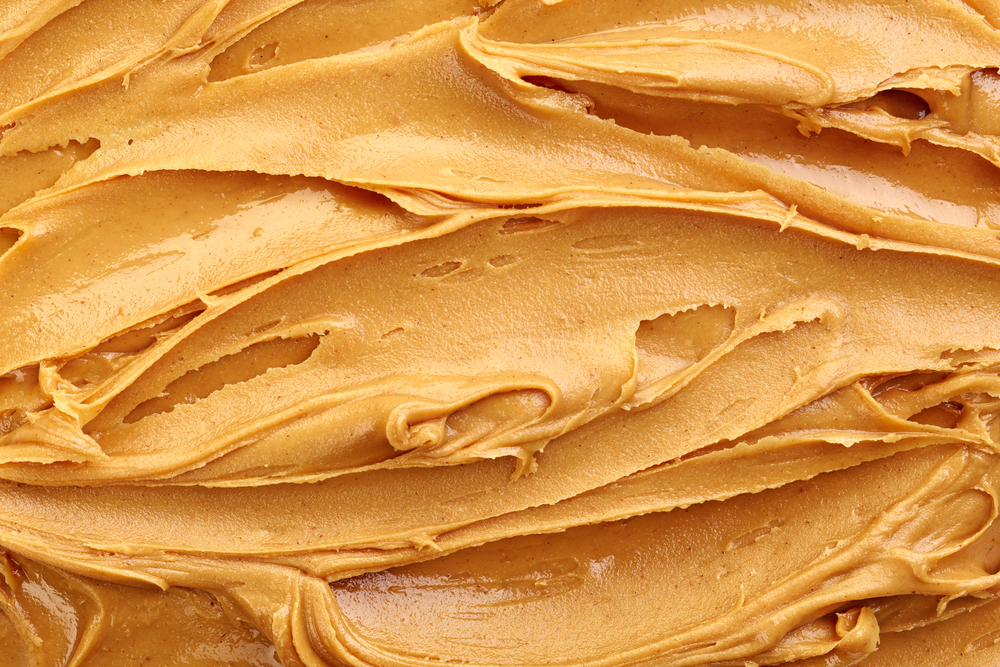
Unopened organic peanut butter will last in your pantry for 2-3 months past the printed date. Put it in the fridge and you’ll get an extra 3-6 months’ worth of PBJ sandwiches. Once opened, the peanut butter should be refrigerated. Expect it to last 3-6 months past the printed date.
Chocolate
In your pantry, milk chocolate can last 2-4 months past the printed date without any noticeable loss in flavor. In the fridge, this jumps to 4-6 months. If you really want to store that chocolate for a rainy day, though, toss it in the fridge; there it will last 6-8 months past the printed date.
Dark chocolate is a whole different story – at room temperature it can last up to two years. But let’s be honest: how often does chocolate last in your house for more than a few days before being eaten?
Milk
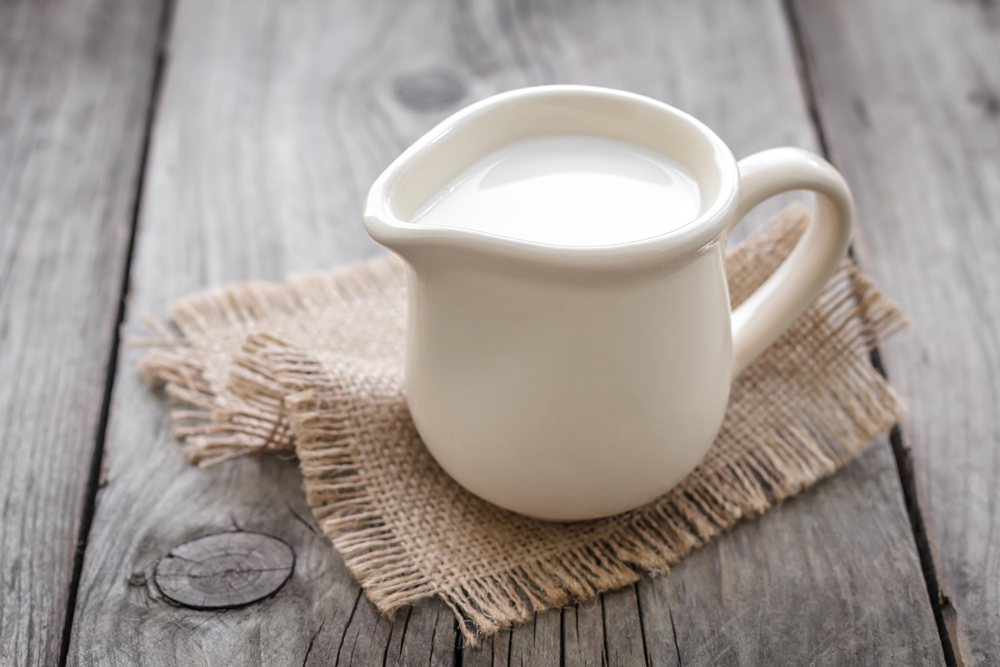
It’s very easy to tell when cow’s milk has actually gone bad. Just look for an off-white color or sour smell. In the absence of these, you’re good to go. Expect the milk to be safe for roughly one week past the printed date.
With almond milk you’ve got a bit more leeway. Expect the milk to last up to 3 weeks in the fridge after being opened.
Fish
Proper storage is crucial to getting the most out of fish. Expect raw fish – including salmon, cod, halibut and tilapia – to last 1-2 days in your fridge after the printed date. In your freezer, the fish will last up to 9 months. Cooked fish will last in your fridge 5-6 days after the expiry date and 9 months in the freezer.
Remember, stay away from farmed fish. Read more about why here.
Dry Pasta
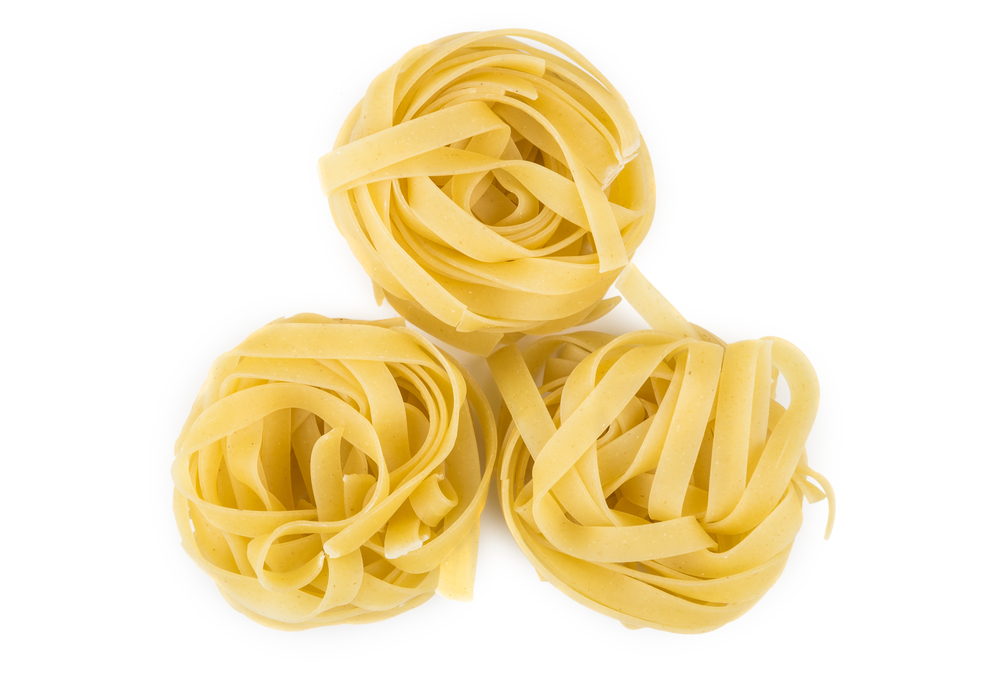
Found some leftover dry pasta you forgot to cook last Thanksgiving? No worries – keep it for next year, or the year after! If the pasta is stored in a cool, dry place it will last 2 years after its printed date. At this point, it will likely still look fine but it will have lost some flavor.
Were you surprised to learn the truth about expiry, best before and sell-by dates? Be sure to pass this post along to help reduce wasted food!
Sources:
SeriousEats.com
EatByDate.com
AOL


